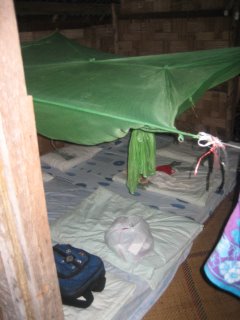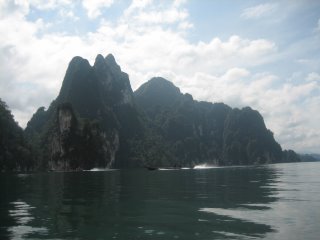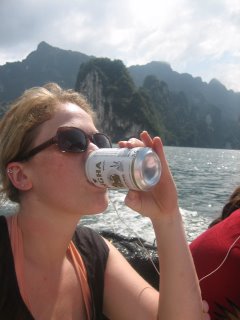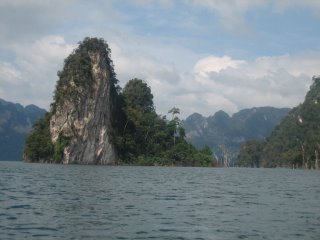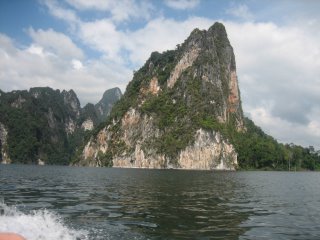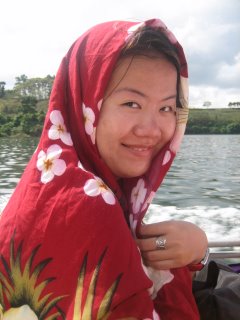
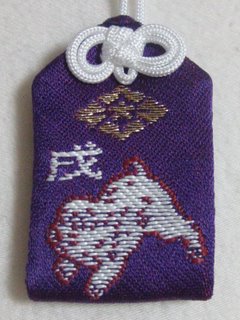



Happy 18 (Japanese New Year)
Happy 2006 (Western New Year)
Year of the Dog (my Chinese animal!)
"Out With the Old, In With the New!" - Japanese New Year
There is no other month as crowded with various tasks and duties as December is for Japanese housewife. Doing some major year-end house cleaning and preparing different foods and dishes is only part of their tasks.
Housewife is usually the person who picks up the task of writing from 20 to several hundred new year cards, nenga-jo. Nenga-jo is similar to the Christmas card tradition in the west.
There are several options for nenga-jo in Japan. Nowadays it seems to be in fashion to print out the cards including family photo, but there are other possibilities too. Post offices and stationery shops have wide selection of various designs, that usually introduce the animal of following year in 12 year calendar. Those who want to add another dimension to the nenga-jo, can buy postcards featuring lottery numbers. Some families design their own cards, by drawing or painting.
Note: Although Japanese don't usually send Christmas cards by themselves - they will be more than happy to receive some. So it's generally very good idea to send Christmas cards too.
Nenga-jo are usually put into special box in post office, and delivered by the post office after 1st of January. Japanese people consider New Year to be closed until it's opening day, 1st of January, so its considered strange to receive nenga-jo before that day. In addition, bereaved families do not usually post any New Year's cards, or go to hatsumode. Instead they will announce the death of their relative by a special card for this purpose, beforehand. Post offices usually employ students who help delivering huge loads of cards.
Osechi-ryori is the typical Japanese New Year's food. It contains various different dishes that have meaning, such as good harvest, fertility, prosperity and so on. No matter how hard you would look for - you can never find osechi-ryori in Japanese restaurant menu. It is only ate in Japanese home, and only in new year.
Few examples of osechi-ryori dishes:
Kuro-mame (sweet black beans, usually decorated with color of gold)
Kazunoko (herring roe)
Ebi-no-saka-mushi (shimp steamed in sake)
Japanese rice wine, nihonshu, belongs to the new year as well. Especially the men in Japan drink a lot in new year, and drinking as much as one desires is even encouraged. Thus you can spot many drunken men in the trains in New Year.
In New Year's eve, people often go out to eat toshikoshi soba, long buckwheat noodles. Toshikoshi soba belongs to new year, as Christmas cake to Christmas, or watermelon to humid afternoons in summer.
Japanese families then gather home to watch the Kohaku uta gassen, Red and White Song Festival on NHK, or New Year's concert from Vienna. Record Awards Show is also popular program in New Year.
Those who are going to Shinto shrine to hear New Year bells, should go there early since very likely it's going to be crowded(!). True essence of Japanese New Year is the ringing of massive bells at famous shrines exactly 108 times. People try to get as close as they can, and throw coins and notes at the doorsteps of the shrine. At the less crowded places, people pray in conventional method, and ring the bell by themselves, praying good things to come in following year. "Out with the old, in with the new."
After going back home, people usually go to sleep, wishing to dream of a hawk or Mt.Fuji, since they are believed to bring the good fortune next year. Those who can't get any sleep, can simply turn on the TV - which is broadcasting through the night. It is important to wake up before the sunrise, since to view the first sunrise is considered to be a good start for the new year. But those who are too tired to go outside or live in unfavorable location - can watch the sunrise from the TV.
First day of new year is supposed to be quiet - just like Christmas day in west. No working is allowed, especially no cleaning or cooking. Families still munch away their osechi-ryoris, and in addition also special rice cakes called ozoni.
Children are given New Year's money, otoshidama in little envelopes. (In Japan, present money is always given in envelopes.) Of course - toystores and candy stores are open, so parents take their children there.
Since their mailboxes are flooding with nenga-jo's, Japanese people usually start to read them - and return cards for those who were forgotten. Usually it's considered OK to send a card until 15th of January. I suspect a lot of writing takes place still then since nobody can anticipate who they will get card from.
Then, it's time go to and pay first visit to a Shinto shrine, hatsumode. Many women wear beautiful kimonos for hatsumode. Popular shrines are amazingly crowded. It is said that The Meiji Shrine in Tokyo gets more than 80 million visitors in first days of new year. People queue in peace, and give offerings and pray for happy new year. They often buy special arrows, hamaya to drive away evil, which they put on display in their homes.
Then it's time to make sure no plates of food, or more importantly, sake, is left to spoil..
























